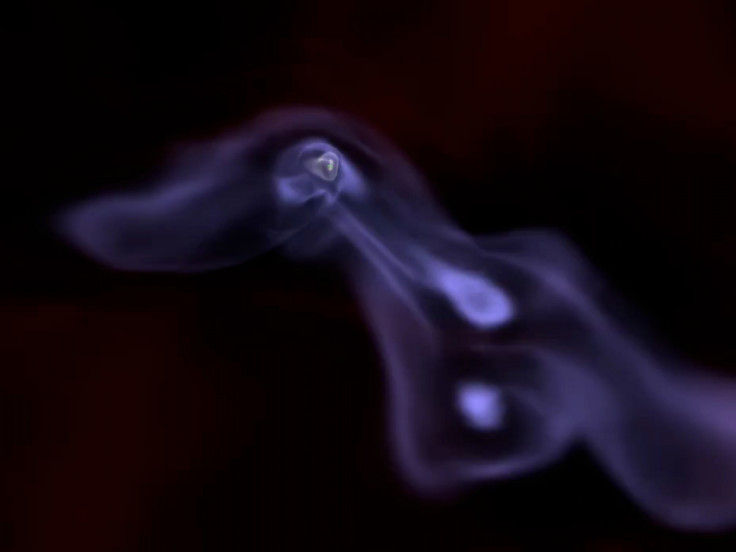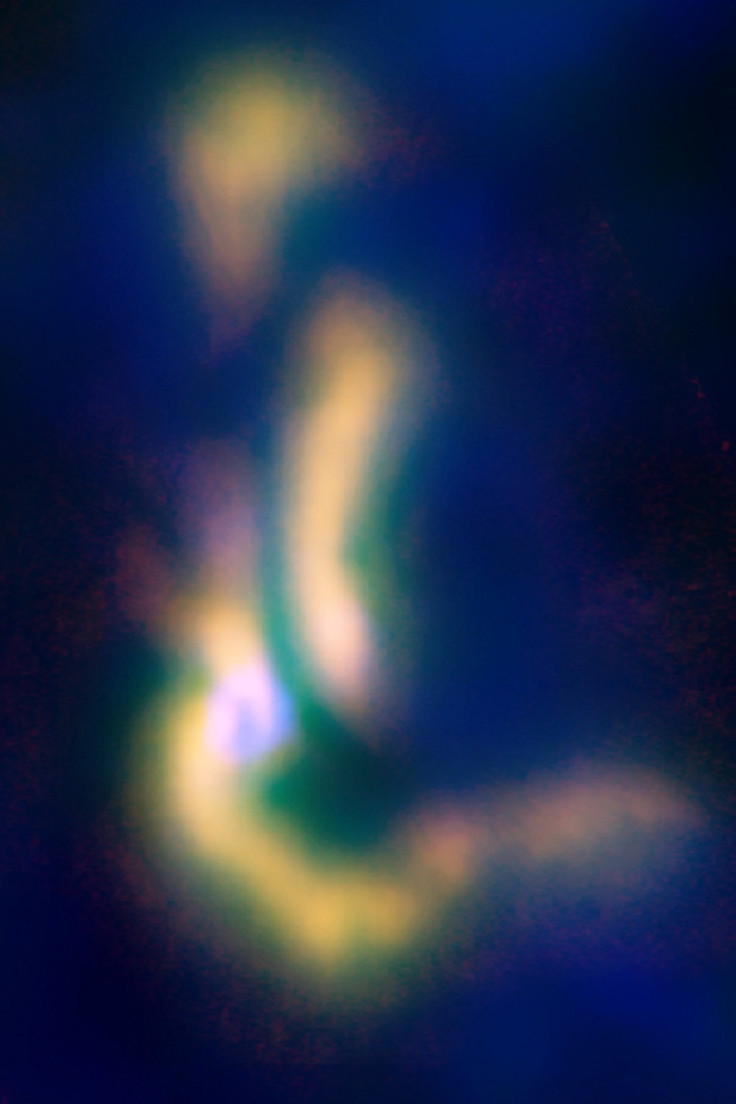Beginnings of star quartet captured by astronomers for first time
The beginnings of a quadruple star system has been captured by astronomers for the first time.
Using the Very Large Array (VLA) and the Green Bank Telescope (GBT), astronomers observed the formation of a multiple-star system, with findings supporting a number of theories as to how such systems are produced.
An international team of scientists were looking at a cloud of gas called Barnard 5 (B5), 800 light years from Earth.
They focused on a core of gas that contains one young protostar and three dense condensations that will collapse into stars in about 40,000 years – a relatively short period in astronomical terms.
The findings, published in the journal Nature, provide the first look into such a star system. Researchers believe that of the four eventual stars, three will live on to become a stable triple-star system.

The system is being formed through widely separated fragments of a filamentary gas cloud located in the Perseus constellation. The gas clouds are rapidly condensing through gravitational forces to form stars.
All of the stars are expected to be relatively small – about a 10th of the mass of our sun.
Jaime Pineda, of the Institute for Astronomy, ETH Zurich, said: "We know that these stars eventually will form a multi-star system because our observations show that these gas condensations are gravitationally bound. This is the first time we've been able to show that such a young system is gravitationally bound.
"This provides fantastic evidence that fragmentation of gas filaments is a process that can produce multiple-star systems."

After analysing the gas condensations, the astronomers predict that the stars will form a stable system orbited by a third star. The fourth star will not remain part of the system, they said. Pineda explained: "Star systems with more than three members are unstable and prone to interference."
Stella Offner, an astrophysicist from the University of Massachusetts Amherst, said they can use this information to gain a greater insight into the formation of planets and stars: "In terms of what this means for the formation of our sun, it suggests that its early conditions did not look like this forming system.
"Instead, the sun likely formed from something that was more spherical than filamentary. The distribution of the planets in our solar system also suggests that our sun was never part of a multiple system like this one."
© Copyright IBTimes 2025. All rights reserved.






















